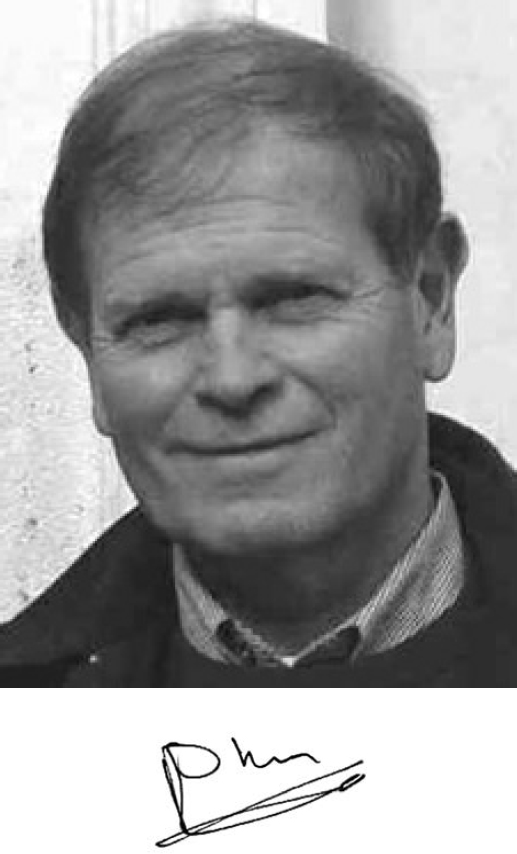RIK HUISKES
1944–2010
Elected in 2005
“For advancing the understanding of how bone prostheses affect the functioning of the living human skeleton.”
BY VAN C. MOW AND BERT VAN RIETBERGEN
HENDRIK WILLEM JAN (RIK) HUISKES, a guiding force in the development of biomechanics and bioengineering of bone and prosthesis studies, died December 24, 2010, at the age of 66. He was a leader in the development of bone and joint prosthesis biomechanics in Europe and the United States.
Rik was born in Eindhoven on December 18, 1944, during the Battle of the Bulge (December 16, 1944–January 25, 1945). A few months earlier, Eindhoven was at the center of the combined Allied military expedition “Market Garden” (September 17–27, 1944), during which the cities of Eindhoven, Nijmegen, and Arnhem suffered major damage.
He attended the Eindhoven University of Technology (TUE) and in 1979 earned his PhD, with his thesis “Some fundamental aspects of human joint replacement,” published by Acta Orthopaedica in 1980 in Lund, Sweden.
One of the earliest PhD bioengineers in Europe, he moved to Nijmegen as vice chair for research of the Clinical Department of Orthopaedics and director of the orthopaedic laboratory of the Faculty of Medical Sciences at the University of Nijmegen. Although the university had no engineering departments, he gained not only vital knowledge and experience in collaborative research but also the respect of his clinical and medical colleagues.
To enhance his medical and surgical background, he spent
two sabbatical years, first at the Department of Orthopaedic Surgery at the Mayo Clinic (1980–1981) and later at the bioengineering laboratory (1992–1993) at the University of Michigan, Ann Arbor. He further developed his ideas about bone remodeling, which crystalized into a new hypothesis described in a coauthored paper published in Nature in 2000.1
He returned to TUE in 2000 to take a leading role in the newly formed Department of Biomedical Engineering, and from 2005 until his death in 2010 he held the Royal Dutch Academy of Science Professorship. Bioengineering had gained major interest among many graduate students who wished to pursue a master’s and/or PhD degree working on important musculoskeletal and orthopaedic surgery problems. With his pioneering efforts, Rik attracted and guided 90 engineering graduate students and visiting and postdoctoral fellows, and collaborated with many faculty at TUE and beyond. The graduate students and postdocs have successfully gone on to major faculty positions in Europe, the United Kingdom, Ireland, Japan, and the United States.
He served for 30 years as editor in chief of the Journal of Biomechanics, an international journal affiliated with the American Society of Biomechanics (ASB), the European Society of Biomechanics (ESB), and other biomechanics societies worldwide. He was also president of the ESB, founding member and president of the European Orthopaedic Research Society (EORS), member of the Scientific Committee of the European Space Agency, and secretary general of the International Society of Biomechanics. For these and his many other contributions and achievements, the ESB in 2012 named the Huiskes Medal for Biomechanics in his honor.
Rik was a natural leader with both strong technical abilities and a great sense of humor. He is survived by his wife, Trine Sand Kaastad, MD, PhD, of Oslo, daughters Sabine and Suzanne, and son Willem-Frederik.
___________________
1 Huiskes R, Ruimerman R, van Lenthe GH, Janssen JD. 2000. Effects of mechanical forces on maintenance and adaptation of form in trabecular bone. Nature 405:704–706. Available at www.nature.com/nature/journal/v405/n6787/full/405704a0.html.





